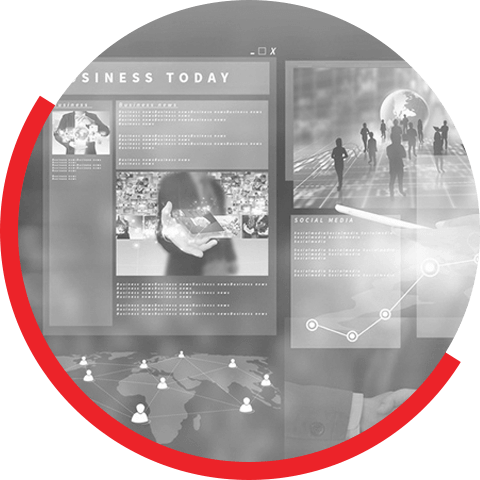As enterprises move towards a SaaS-based subscription model for their software services, ISVs need to get on top of the game quicker than their peers to maintain that competitive edge.
The obvious way to tide over the legacy-related challenges for ISVs, is to modernize their existing offerings to be modern business applications that are built for future-readiness. However, without the right methodology and framework in place, this could backfire, derailing your growth plans.
We talk about what impediments ISVs could stumble into while embarking on modernization initiatives for their products:
1. No End goal definition:
ISVs choose to modernize their legacy products for different purposes. While for one, the reason might be a lack of scalability to support increasing workloads, some ISVs may choose the modernization route because most of their customers might not have a compatible digital ecosystem.
Modernization of products requires a clear alignment to the company goals and standardization and is more than just a quick fix solution. A common uniform approach for the entire portfolio of products for the ISV is the optimal method to take it forward. The end-goal definition is important for you to set tangible milestones and timelines within your set boundaries.
2. Lack of an articulated roadmap:
A project roadmap ensures that you're not only staying focused on your goals, but that you have the resources and tools available to help you reach them. With most end customers moving towards a SaaS model, ISVs need to develop modern business solutions to match their digital ecosystem. This cannot be achieved by a simple lift-and-shift to Cloud for modernization, but one that requires modernization of each layer in the digital stack like Cloud, infra, data, UX etc., something that can be done using the Platform methodology. The optimal way for modernization is chosen by your current legacy ecosystem, application portfolio, product complexity, time to market and your end customer.
3. Ignoring Customer experience: Ignoring the customer experience aspect of your modernization
With the customer-driven business that ISVs are now heavily involved in, ISVs need to center their modernization on the end users’ feedback. It always makes sense to incorporate these customer needs during the re-engineering/re-building or modernization phase rather than adding them as an afterthought once your product has met its intended objective. Also “don’t fix what’s not broken” may not actually be the motto to follow when it comes to customer experiences. A right balance between practicality and future-ready features is the way to go.
4. Choosing the right platforms to work with:
With multiple technologies available to work with, the right tools to use to modernize your products is a big decision. While you might have meticulously built your product on a platform, there could always be a better platform you could leverage for their features that could make your ISV product not just modern but also add value added features that could add features and components you never thought you needed. With the platform methodology arguably ruling the tech world, your product could modernize from a legacy product to a modern business platform with an exponential reach with the right platform.
5. Readiness for change
With the platform way to bringing in change widely recognized as the most influential, a change in your legacy applications’ architecture and how it fits with your application portfolio could be a boardroom topic, and one that requires decisiveness and consideration. Large ISVs with set processes and frameworks may find it especially difficult to let go off perfectly functioning components in the larger scheme of things, but with the changing customer demands and the potential to move to a much more beneficial business model, a collective leap of faith is needed from key stakeholders. A keen eye and ear to the benefits that platform engineering offers to legacy products and ISVs subsequently could be the push that dynamically alters how ISVs meet the challenges of the technologically-adept end user.
Sonata is a leading product engineering services provider to ISVs. Sonata’s Platform engineering methodology helps ISVs make the right choices to modernize into modern business platforms, i.e. modernization of not just your applications, but that of the data, Cloud, infra and architecture that constitutes the digital ecosystem. Our capabilities have won us accolades as one of the very few global Microsoft-recognized ISV Dev Centers, and also ranked in the leadership zone by Zinnov in their ER&D report.
To know more about our Platform Engineering services centered on Platformation™, the platform way to digital transformation, do contact us.

